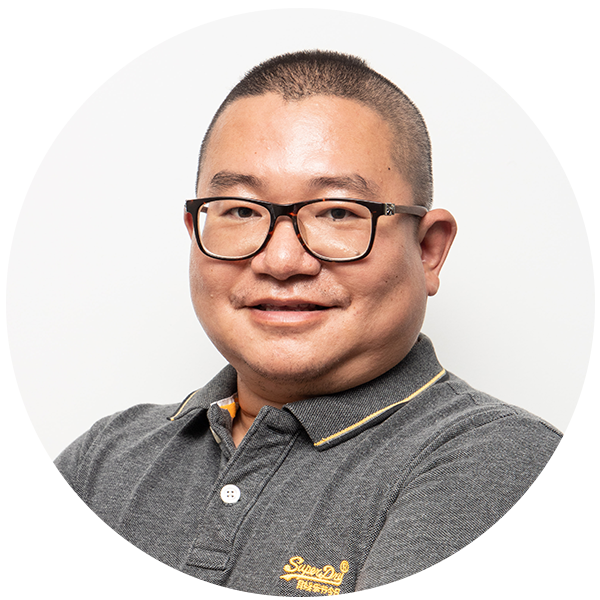ARTS / CULTURE & LEISURE
Ryukyu Academy shows historical bonds between ancient Chinese, Ryukyuan people
Full heart into exchanges

Guozijian in Beijing Photo: VCG
As ancient China's central institution of higher learning, Guozijian, established in the Sui Dynasty (581-618), received a large number of international students from neighboring kingdoms and regions, which are present-day Ryukyu Islands of Japan, the Korean Peninsula, and Vietnam.
Official students from the Ryukyu Kingdom even had their own "Ryukyu Academy" at Guozijian.
Today, when the Global Times reporter walked on the site of the Ryukyu Academy located in what would have been the backyard of Guozijian, the memory of the rich history of those close official and academic exchanges centuries ago was still fresh. It was where Siye, an education officer and one of the highest-ranking scholars at Guozijian, was based. It also served as a dormitory and school for foreign students who arrived from Ryukyu.
Well treated
The Guansheng or official students were sent by the Ryukyu Kingdom to study in China as they were both special envoys and students who camefrom the upper-class of Ryukyu society. Most of them would become government officials in Ryukyu after completing their studies and would play an important role in China-Ryukyu exchanges, according to a staff member of Guozijian.
The ancient Ryukyu Kingdom began to send official students to China from 1392 during the Ming Dynasty (1368-1644). Until 1579, over 80 students in 23 batches had been sent to China. After the establishment of the Qing Dynasty (1644-1911), from 1688 to the 12th 1873, a total of 49 official students in nine batches had been sent to China.
A section of the Guozijian exhibition area not only shows the existence of the Ryukyu Academy, but also its miniature replica based on historical records. The miniature replica includes three lecture rooms and five dormitory quarters.
During the Ming dynasty, learners spent a total of six years at the academy, which was halved during the Qing Dynasty, according to staff at Guozijian.
It was only in the Qing Dynasty that Guozijian, selected full-time teachers or jiaoxi, as Ryukyu official students. In the 27-year reign of Kangxi, the first batch of Ryukyu official students arrived in China. After they entered Guozijian, the Qing Dynasty issued an order to "choose the right teachers for them" and instructed that the learning materials must include"mainly classics and history." There were also special officials who helped the Ryukyu students to strike a study-life balance with study and life, which is evidence of the excellent treatment extended to the foreign students.
Historical records show that, not only did students from Ryukyu attend school for free, but they were also provided with food and supplies such as rice, chicken, pork and fresh vegetable as well as clothing and boots.
"They even received pocket money every month," said Liu Jiangyong, vice dean of the Institute of Modern International Relations at Tsinghua University.
According to the living standards of China and the Ryukyu Kingdom at that time, "that was a life that only the upper class could live."
In addition to providing lectures and lessons, instructors at the Ryukyu Academy often organized outings for their students. While enjoying the scenery of the capital and experiencing the local customs, the students could also relieve the pain of homesicknessquickly.
Ryukyu students studied hard, with some attaining the same level of education as their Chinese counterparts. Many also volunteered to participate in certain major activities. In the 16th year of Emperor Qianlong's reign, the Ryukyu students presented poems to celebrate the Dowager Empress' 70th birthday, also participating in a welcoming ceremony for Qianlong to Xizhimen Gate, where the students were personally greeted by Emperor Qianlong.

The miniature replica of the Ryukyu Academy at Guozijian Photo: Xu Liuliu/Global Times
Need for restorationAfter the opening of Guozijian to the outside world in recent years, Japanese tourists, experts, and scholars from Okinawa visited the site in a bid to retrace the footprints of their ancestors who studied there centuries ago.
In 2006, Chinese archaeologists conducted archaeological excavations on the site and found foundations of three houses, which were believed to have been "the student dormitory of the Ryukyu Academy."
As they were demolished and replaced with modern buildings, the archaeologists only excavated the foundation of the front and rear walls of the Ryukyu Academy.
According to experts, there are detailed records of the Ryukyu Academy in the "Guozijian Chronicles" of the Qing Dynasty. The architectural layout and structure of the entire Ryukyu Academy Guozijian was also captured in a painting done during the Qing Dynasty.
Scholars and archaeologists from home and aboard have actively been working toward the restoration and rebuilding of the Ryukyu Academy.
In order to fully explore and demonstrate the historical value and significance of the Imperial College, it is very necessary to rebuild the Ryukyu Academy; from the perspective of cultural relics protection, the reconstruction of the Ryukyu Academy is also conducive to maintaining the integrity and authenticity of the historical buildings of Guozijian, said the late Chinese scholar Luo Zhewen, former head of the ancient construction expert group of the National Cultural Heritage Administration.
Liu also said that in order to allow more people to know how the students from Ryukyu studied and lived in China and contributed to China-Ryukyu cultural exchanges, the site will provide more answers and play a more important role.




